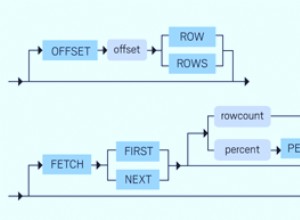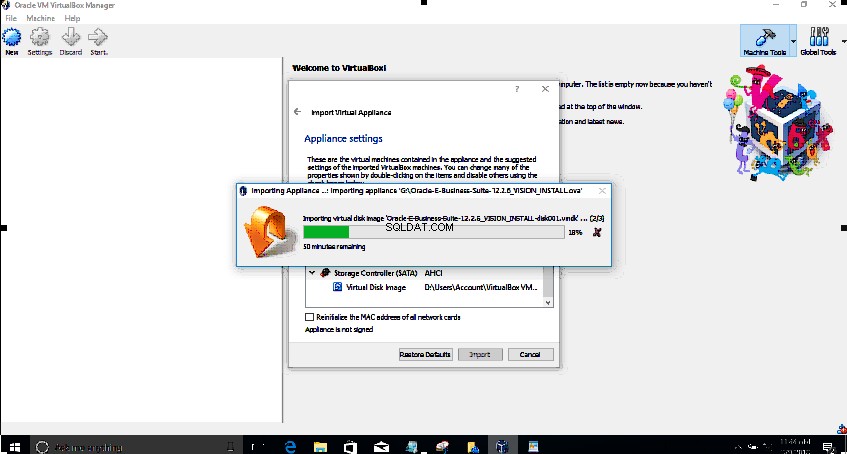Nel mio approccio ho usato org.apache.http.entity.mime.MultipartEntity e ho aggiunto il nome del file immagine come FileBody
entity.addPart("image_" + photo_count, new FileBody(
new File(failed.getFilenames()[i])));
quindi passare MultiPartEntity a HttpPost. Non ho pubblicato il codice completo poiché ha un sacco di commenti e codice non correlato alla tua domanda. Passando l'immagine come FileBody è possibile ottenere l'immagine utilizzando il codice di gestione del file stand php (vedi sotto).
if ((!empty($_FILES[$im])) && ($_FILES[$im]['error'] == 0)) {
$newname = dirname(__FILE__) . '/../photo/' . $campaign . '/' . $fn;
if (!file_exists($newname)) {
if (move_uploaded_file($_FILES[$im]['tmp_name'], $newname)) {
//$resp = "The file " . $fn . " has been uploaded";
//printf("%s", $resp);
} else {
$error = $error + 1;
}
}else{
//image file already exists
$error = $error + 1;
}
} else {
$error = $error +1;
}
Per il mio scopo, il codice sopra era in un ciclo poiché avevo a che fare con più immagini
$im = 'image_' . $i;
fa riferimento al nome dell'immagine nell'entità.
Scusa per il breve post, ho fretta.
Ho dimenticato di menzionare il motivo per cui non ho utilizzato l'approccio di stringa Base64 è che limita le dimensioni dell'immagine che puoi inviare. L'approccio FileBody nell'entità è stato l'approccio migliore che ho trovato.
Puoi passare le stringhe usando:
entity.addPart("address", new StringBody(failed[0].getAddress()));
HttpClient client = new DefaultHttpClient();
HttpConnectionParams.setConnectionTimeout(client.getParams(), 20000); // Timeout
MultipartEntity entity = new MultipartEntity(HttpMultipartMode.BROWSER_COMPATIBLE);
entity.addPart("address", new StringBody("my address example"));
entity.addPart("image_0", new FileBody(new File("filename of image")));
HttpPost post = new HttpPost("server address");
post.setEntity(entity);
HttpResponse response = client.execute(post);




